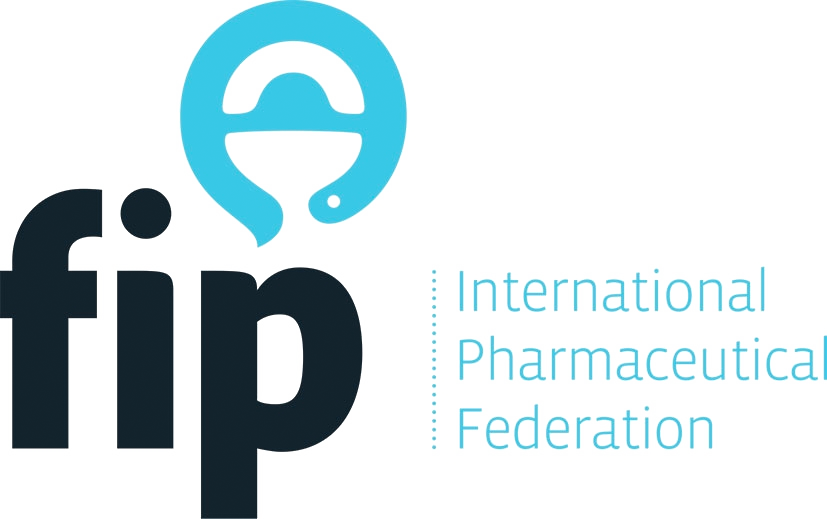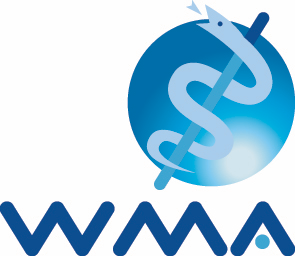Factsheet - Patient Safety: Medication Use and the Ageing Population

Background : Medication Use in the Ageing Population
Worldwide, the proportion of people age 60 and over is growing faster than any other age group. Between 1970 and 2025, a growth in older populations of some 870 million or 380% is expected. This would lead to a total population of about 1.2 billion people over the age of 60 in the year 2025.
As the population ages, the demand rises for medications that are used to delay and treat chronic diseases, alleviate pain and improve quality of life. This increased use of a number of medications raises the risk that medicine-related problems will occur. A 1991 study concluded that adverse medicine-related illnesses in the elderly are significant causes of personal suffering and costly preventable hospital admissions.
In many parts of the world up to 80% of illness episodes are self-treated with modern pharmaceuticals. In developing countries it is confirmed that pharmaceuticals account for 60 to 90 % of out-of-pocket household spending on health, while pharmaceutical
expenditure ranges between 25% and 65% of total public and private health expenditure.
With the proper use of these medicines individuals can experience increased longevity and quality of life and in many cases illnesses can be treated or delayed without the need of more invasive procedures such as surgery. However due to the high consumption of medicines and self-treatment by all, especially the ageing population, the topic of proper medication use and safety is being brought to the forefront of public health discussions.
Patient Safety and Medication Use
In general, medicines are registered by government bodies to certify that they contain the active ingredients to ensure safety and hold a minimum standard of good quality. Serious concern about patient safety exists when the source and content of medicines are unknown and when medicines are distributed and sold without proper regulation (i.e. medications sold in outdoor markets). The public health risk associated to the use of medicines of poor quality, or which contain little or none of the active ingredient/medicine or other ingredients, is high.
Apart from the safety of the medicinal product itself, adverse events or 'medication errors' that may lead to inappropriate medication use or patient harm can be related to many causes such as professional practice, procedures, and systems including prescribing; order communication; product labelling; packaging; compounding; dispensing; distribution; administration; education; monitoring; and use. Patient Safety is at risk when patients do not take medicines appropriately. Unclear instructions and unclear labelling of the medication, non-adherence when using medications for chronic conditions, as well as, taking non-prescription medicines or herbal products without the advice of a health professional may lead to serious adverse events. It is estimated that in the range of 50% of patients in developed countries, and less in developing countries continue to take chronic medications on a long-term basis. Patients taking various medications simultaneously can benefit from medication reviews held by health professionals to ensure that the prescribed and non-prescribed medicines offer the most optimal therapy for the individual.
Health Professionals and Medicines
Pharmacists, physicians and nurses are involved in patient medication use through dispensing, prescribing and administering medications. As health professionals they provide appropriate care and medicines, and act as sources of information and advice to patients.
To avoid complications, medicine use, contraindications, and potential adverse effects need to be discussed between patients and health professionals. This allows both the patient and health professionals to monitor the medical condition and to take appropriate actions if a medication error occurs. An open dialogue and regular communication between patients and health professionals is a positive means towards improving patient safety in medication use.
References
- Adherence to Long-term Therapies: Policy for Action, World Health Organisation 2001,WHO/MNC/CCH/01.02
- FIP Statement of Professional Standards: Medication Errors Associated with Prescribed Medication, FIP 1999, http://www.fip.org
- FIP Statement of Policy on Counterfeit Medicines, FIP 1999, http://www.fip.org
- Health and Ageing: A Discussion Paper, World Health Organisation 2001, WHO/NMH/HPS/01.1
- Public Education in Rational Drug Use: a Global Survey, World Health Organisation 1997, WHO/DAP/97.5, http://www.who.int/medicines
- WHO medicines strategy: Expanding access to essential drugs, Report by the Secretariat, 109th World Health Organisation Executive Board Meeting 2002, EB109/7
©2019 World Health Professions Alliance




